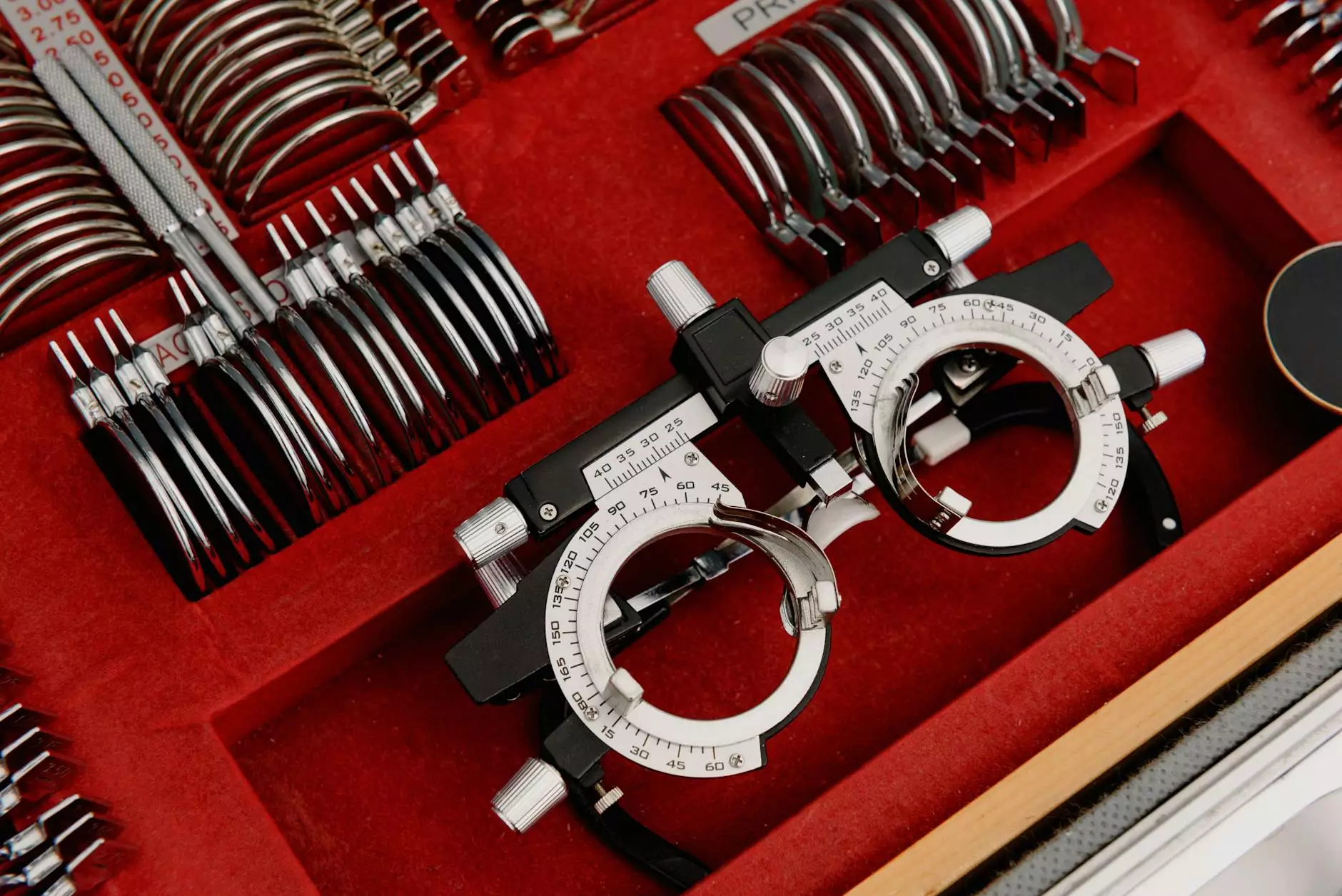Understanding Different Hysterectomy Procedure Types for Women's Health

The Importance of Hysterectomy Procedure Types
Hysterectomy is a common surgical procedure performed by skilled obstetricians and gynecologists to remove a woman's uterus. It may be necessary for various reasons, including treating certain medical conditions or improving a woman's quality of life. When it comes to hysterectomy, there are different procedure types to consider, each with its own benefits and implications.
1. Total Hysterectomy
Total hysterectomy involves the complete removal of the uterus, including the cervix. This procedure is often recommended for conditions such as uterine fibroids, endometriosis, or adenomyosis. By removing the uterus entirely, these conditions can be effectively treated, alleviating pain and improving overall health and well-being.
2. Partial Hysterectomy
Partial hysterectomy, also known as subtotal or supracervical hysterectomy, involves the removal of the upper part of the uterus while leaving the cervix intact. This procedure is usually recommended when the cervix is healthy and there is no need for its removal. Partial hysterectomy offers potential advantages, such as preserving sexual function and reducing the risk of certain complications.
3. Radical Hysterectomy
Radical hysterectomy is typically performed for cases involving gynecological cancers, such as cervical or ovarian cancer. This procedure entails the removal of the uterus, cervix, top portion of the vagina, and surrounding tissues, including lymph nodes. It aims to eliminate cancerous cells and prevent the spread of the disease to other areas in the pelvic region.
4. Laparoscopic Hysterectomy
Laparoscopic hysterectomy is a minimally invasive surgical technique that uses small incisions and a laparoscope to remove the uterus. This approach offers several benefits, including reduced scarring, shorter hospital stays, faster recovery, and less post-operative pain compared to traditional open surgery. Laparoscopic hysterectomy is an excellent option for many women, but it’s important to discuss its suitability with your doctor.
5. Robotic-Assisted Hysterectomy
Robotic-assisted hysterectomy is a type of laparoscopic surgery that utilizes robotic arms to enhance the precision and control of the procedure. This advanced technology allows surgeons to perform complex movements with increased dexterity, resulting in improved surgical outcomes. Robotic-assisted hysterectomy is often recommended in cases where more intricate surgical manipulations are required.
Choosing the Right Hysterectomy Procedure
When considering a hysterectomy, it is crucial to consult with an experienced obstetrician or gynecologist who specializes in the procedure. The choice of procedure will depend on various factors, including the underlying condition, the overall health of the patient, and their preferences. A skilled surgeon will evaluate your individual situation and provide personalized recommendations.
Recovery Process and Aftercare
After a hysterectomy, it is essential to follow the prescribed recovery process and aftercare instructions provided by your doctor. This may include taking pain medication, getting plenty of rest, gradually increasing physical activity, and attending follow-up appointments. Every patient's recovery journey is unique, but with proper care, most women can expect to return to their daily activities within a few weeks.
Final Thoughts
Hysterectomy is a significant surgical procedure that can greatly improve women's health and quality of life. Understanding the various hysterectomy procedure types can empower women to make informed decisions about their reproductive health. Remember to consult with a reputable obstetrician or gynecologist at DrSeckin.com to explore the options available, discuss potential risks and benefits, and ensure the best possible outcome for your personal situation.








